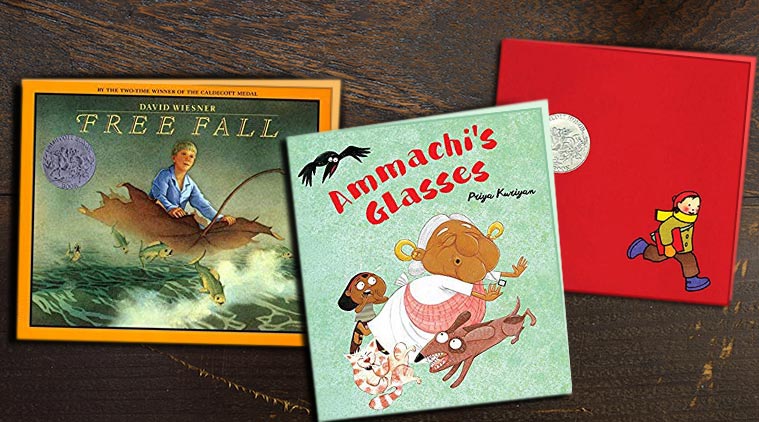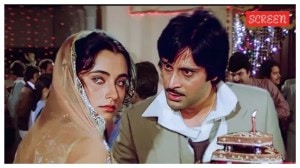These books tell wonderful stories without using any words
Let your imagination soar with stories that break free of words.
 Here are three picture books that take readers on fabulous adventures to places near and far.
Here are three picture books that take readers on fabulous adventures to places near and far.
A book without text can tell a thousand stories, especially if it comes with illustrations to fire one’s imagination. Here are three picture books that take readers on fabulous adventures to places near and far.
When it comes to word-less books, one of the most popular “writers” has been American illustrator David Wiesner. Winner of three Caldecott Medals (an award that recognises the “most distinguished American picture book for children”), some of Wiesner’s best work has been in text-less illustrated books. A favourite is Free Fall (1991, HarperCollins) about a little boy who falls asleep while reading a book and the adventures he dreams of. Wiesner’s work blends in the familiarity of everyday items with the imaginative scope of a dreamscape that features everything from a dragon to a castle, making for a unique fantastical visual experience.
Another Caldecott-winning book about a book that has no words — The Red Book (2004, Houghton Mifflin Harcourt) by Barbara Lehman — presents endless possibilities of interpretations for readers of all ages. On her way to school on a wintry morning, a little girl finds a red book. As she opens it, she is intrigued to find a boy her age on a faraway tropical island, reading the very same book and looking at her life just as she is looking at his. It’s a fabulous premise and Lehman’s simple frames lead readers on an imaginative adventure that eventually gets the two characters together, even as a new reader comes across the book and embarks on an adventure of his own.
A recent Indian addition to the genre is the delightful Ammachi’s Glasses (2017, Tulika Books) by illustrator Priya Kuriyan. At a workshop organised by the Society of Children’s Book Writers and Illustrators, Kuriyan had devised a story around a beloved family matriarch, who bumbles her way through a busy morning, all because she can’t find her glasses. When the publisher advised Kuriyan to do away with the text, it opened up an intriguing possibility for her. In illustration after illustration, she captures the minutiae of life in an Indian household down to the last detail. It results in a hilarious flip-through experience that encourages readers to look closely each time for a deeper engagement with the book.
This article appeared in print with the headline: By The Book: Show and tell
Photos



- 01
- 02
- 03
- 04
- 05



























